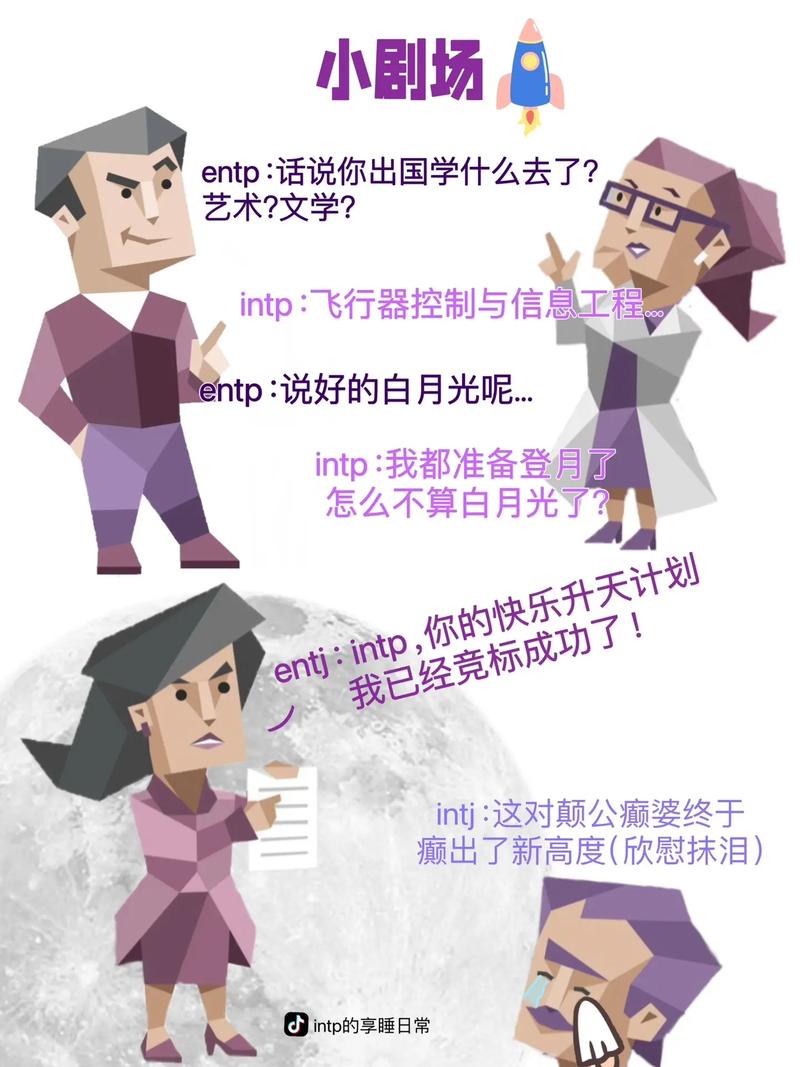Understanding Endoscopy: A Comprehensive Guide for You
Endoscopy is a medical procedure that allows doctors to visualize the interior of the body using a flexible tube with a light and camera at its tip. This article will delve into the details of endoscopy, covering its various types, uses, preparation, procedure, risks, and benefits. By the end, you’ll have a comprehensive understanding of this important diagnostic and therapeutic tool.
Types of Endoscopy
Endoscopy can be categorized into several types, each designed to examine specific areas of the body. Here are some of the most common types:

- Upper Endoscopy: This procedure examines the upper part of the gastrointestinal tract, including the esophagus, stomach, and the first part of the small intestine (duodenum). It is also known as an upper gastrointestinal (UGI) endoscopy.
- Colonoscopy: Colonoscopy is used to examine the large intestine (colon) and rectum. It is a crucial screening tool for colorectal cancer.
- Flexible Sigmoidoscopy: This procedure examines the lower part of the large intestine, including the sigmoid colon and rectum. It is often used as a follow-up to a positive fecal occult blood test (FOBT) or as a screening tool for people at increased risk of colorectal cancer.
- Endoscopic Ultrasound (EUS): EUS combines endoscopy with ultrasound to visualize the digestive tract and surrounding organs. It is useful for diagnosing conditions such as pancreatic cancer, liver disease, and gallbladder disease.
- Endoscopic Retrograde Cholangiopancreatography (ERCP): ERCP is a procedure that combines endoscopy with X-rays to examine the bile and pancreatic ducts. It is used to diagnose and treat conditions such as gallstones, bile duct blockages, and pancreatic cancer.
Preparation for Endoscopy
Preparation for endoscopy varies depending on the type of procedure and the patient’s medical history. Here are some general guidelines:
- Upper Endoscopy: You may be asked to fast for 6-12 hours before the procedure. Your doctor may also prescribe a laxative to clean out your bowel.
- Colonoscopy: You will need to follow a clear liquid diet for 1-2 days before the procedure. You will also be given a bowel prep solution to clean out your bowel.
- Flexible Sigmoidoscopy: Preparation for this procedure is similar to that of a colonoscopy, but the bowel prep is usually less intense.
- EUS and ERCP: Preparation for these procedures is similar to that of an upper endoscopy, with the addition of a bowel prep if needed.
Endoscopy Procedure
The endoscopy procedure typically takes 15-60 minutes, depending on the type of procedure. Here’s what you can expect:
- Upper Endoscopy: You will be given a sedative to help you relax. The doctor will insert the endoscope through your mouth and throat, then into the esophagus, stomach, and duodenum. Air may be blown into the stomach to help the doctor see better.
- Colonoscopy: You will be given a sedative to help you relax. The doctor will insert the colonoscope through the rectum and into the colon. Air may be blown into the colon to help the doctor see better.
- Flexible Sigmoidoscopy: This procedure is similar to a colonoscopy, but the scope is shorter and only examines the lower part of the colon.
- EUS and ERCP: These procedures are similar to an upper endoscopy, with the addition of ultrasound or X-rays to visualize the surrounding organs.
Risks and Benefits of Endoscopy
Like any medical procedure, endoscopy carries risks and benefits. Here’s a breakdown:
Risks
- Upper Endoscopy: Bleeding, infection, perforation of the esophagus, stomach, or duodenum, and reaction to the sedative.
- Colonoscopy: Bleeding,
